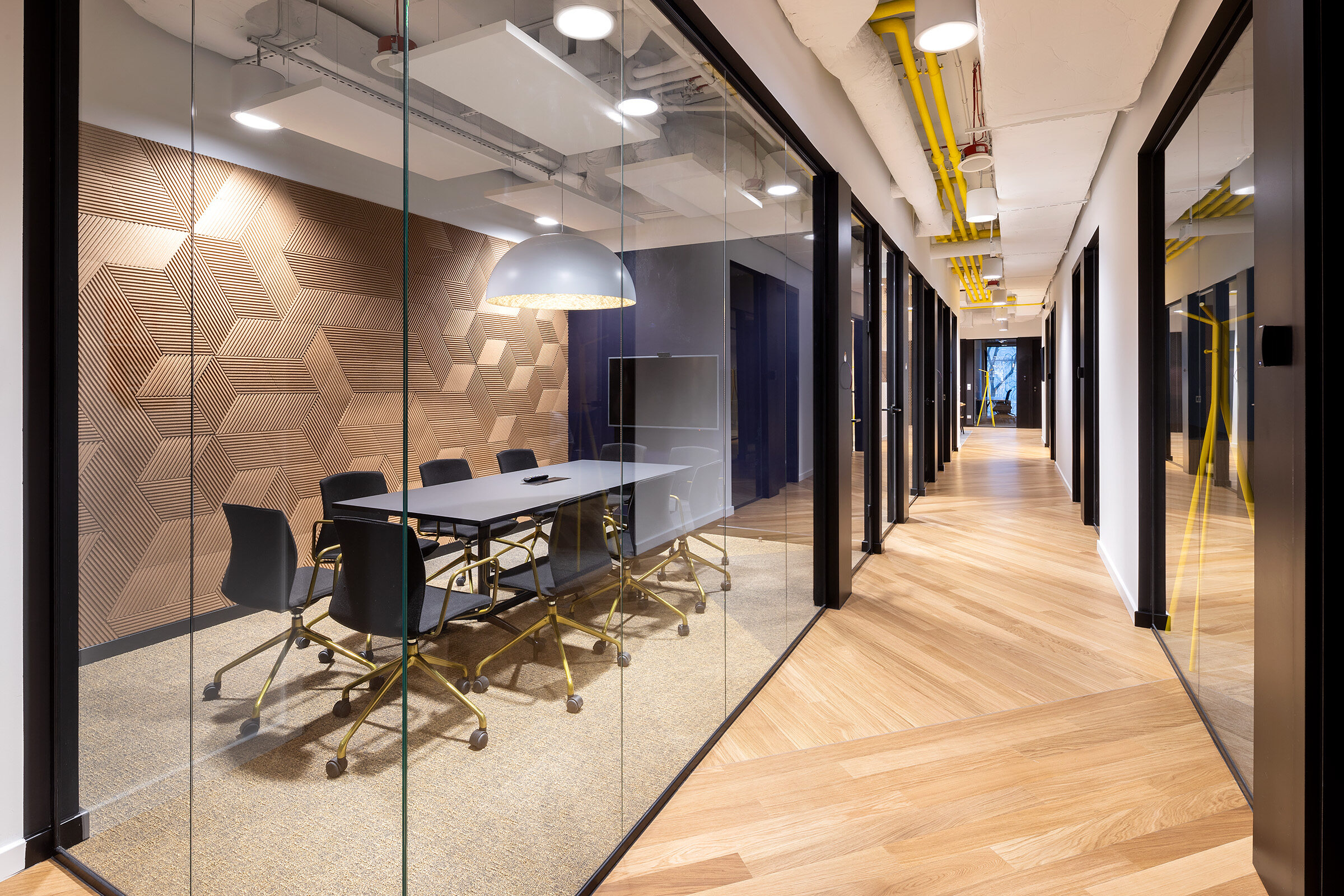Flexible office space is gaining momentum on the Polish market

3.5 million sq m – this is how much flexible office space is offered by operators on the 20 largest European office markets. Warsaw ranks high in 9th place in this ranking, and last year it recorded the largest increase in the supply of flexible space in Europe – assure JLL experts.
The boom in flexible work spaces is one of the most important trends on the Old Continent’s office markets. According to JLL’s analyses, this segment of the office market, driven by the growing expectations of tenants and the changing needs of employees, is likely to triple over the next 5 years from 3.5 million sq m to even 10 million sq m. Flex offices are also taking by storm. Polish real estate market.
Young segment, great potential
The flex space segment was created in the early 1980s – it was then that serviced offices appeared in Europe, being the first suppliers of flexible office solutions. As the market developed and more and more start-ups began to appear, coworking concepts, and then hybrid ones, became more popular.
– The hybrid model, which currently dominates the flex office market, between 2016 and 2018 created an additional 1.1 million sq m of office space in the 20 largest European markets. The expansion of flexible work spaces also affects commercial properties, which increasingly offer space adapted for such offices. Our forecasts show that this segment will grow at a rate of 25% in the United States alone. annually until 2023. We can expect similar dynamics in Europe in the near future. – says Adam Lis, Flexible Office Solutions Manager, JLL
Flexible membership contracts offered by operators, as well as the popularization of remote work and the growing number of freelancers, support the development of this segment of the office market. Interestingly, the phenomenon of flexible work spaces also affected the hotel sector.
– Lifestyle concepts such as Schani in Vienna or The Student Hotel in Amsterdam offer their guests work zones that resemble top-class spaces known from the creative interiors of Spaces or WeWork. An interesting idea that is timidly appearing on the market are hybrid projects on the border between coliving and coworking. A prime example of this trend is the Zoku concept originating from Amsterdam, which offers a place to live for a longer period of time – from a few days to even a few months – dedicated to traveling professionals. – adds Adam Lis.
Potential for 7 million sq m of flex space
The flexible office segment is growing very quickly, and with it the number of operators operating in Europe is increasing. JLL data shows that there are approximately 725 different suppliers on the 20 largest European markets, of which every fifth opened their first location in the last 3 years.
– Since 2015, the total volume of flexible office space in the 20 largest markets has doubled and at the end of 2018, flex operators already offered 3.5 million sq m of flexible work space. The potential for further growth of this segment is still very large. According to our estimates, the supply of flexible offices may increase up to 10 million sq m over the next 5 years, and by 2022 there will be 30,000 offices on the European market. this type of location. – assessed by Łukasz Dziedzic, Senior Consultant in the Market Research and Consulting Department, JLL
Currently, almost half of the flexible office volume in Europe is located in London, Amsterdam and Paris. Last year, Warsaw, classified in the high 9th position, became the leader in terms of the growth dynamics of the flex space segment.
– The boom in flexible offices in the capital market naturally results in a growing share of flexible spaces in the total office resources. In this respect, Warsaw is only ahead of Amsterdam, London and Dublin. – adds Łukasz Dziedzic.






